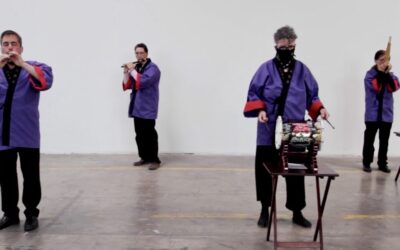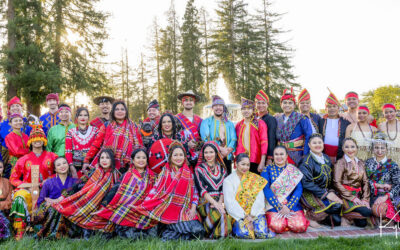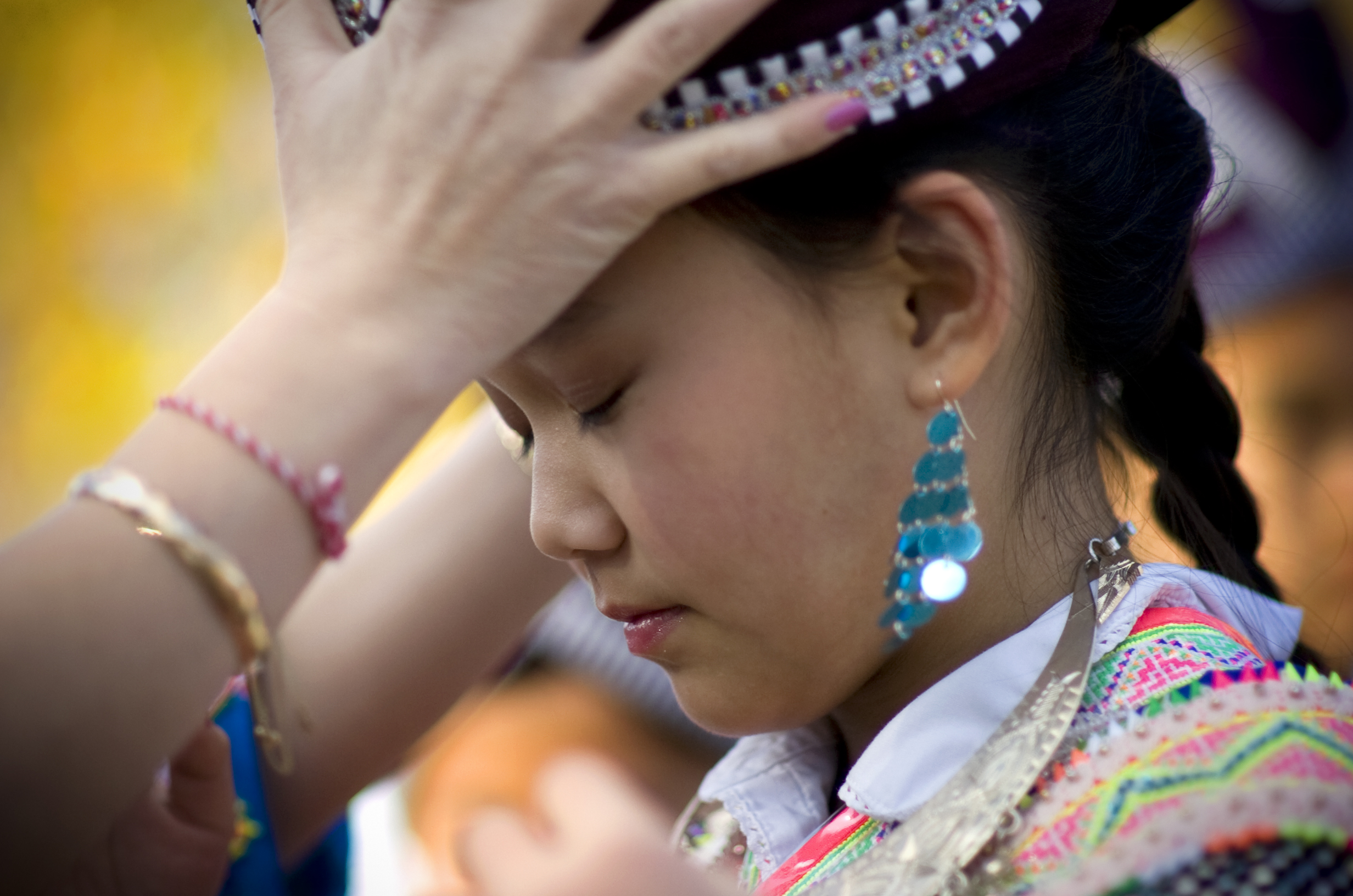Profile
Karen Organization of San Diego
The Karen Organization of San Diego is committed to the educational and social enhancement of various ethnic minority groups from Burma who reside in San Diego, California. Burma is one of the most ethnically diverse countries in the world, with eight main ethnic groups and more…
The Network of Myanmar American Association (NetMAA) is a grassroots, community-based organization that aims to support and promote the Myanmar( Burmese) community in Los Angeles through civic and cultural education. NetMAA holds various programs throughout the year to benefit the Myanmar-American community in Los Angeles, including…
Profile
Northern California Gagaku Group
Japanese court music
Profile
Selma Arts Foundation
The Selma Arts Foundation aims to enrich the lives of all people in the southern part of Fresno County by promoting and celebrating the arts in all forms. In 2015, a grant from ACTA’s Living Cultures Grants Program will support the Selma Arts Foundation’s Bhangra…
Profile
Swapan Chaudhuri
Tabla, North Indian percussion
Profile
Eric Solano
Pangalay dancer and culture bearer
Profile
Mohammad Navid Bazargan
Nastaliq is the most popular calligraphy style in the Persian-speaking world. Nastaliq is mainly used to write Persian poetry, which alongside calligraphy occupies a significant place in the everyday life of Iranians. Since the ancient foundation of Islam, calligraphy has been the dominant and emblematic feature of Islamic art. The…
Profile
Christopher Low
The lion dance is an important tradition to China. Usually the dance is part of festivities like Chinese New Year, weddings, funerals, cultural celebrations, and other community gatherings. Dating back to the Han Dynasty (3rd century), it was further developed during the Tang Dynasty (716-907 AD) and into its modern…
Profile
Vishnu Tatva Das
Odissi is the oldest of the eight classical dance forms of India, dating back to the 1st century BCE. A devotional dance typically performed by temple dancers in the east Indian state of Odisha, Odissi was suppressed under British rule (the colonial rulers considered it immoral). It was revived in…
Profile
Susheela Narasimhan
Carnatic music is an ancient tradition of South Indian classical music that dates back for centuries. It is a complex system of music that requires both artistic and technical improvisation. The use of the violin for Carnatic music, both as an accompanying and solo instrument, was introduced in the 1700’s. …



